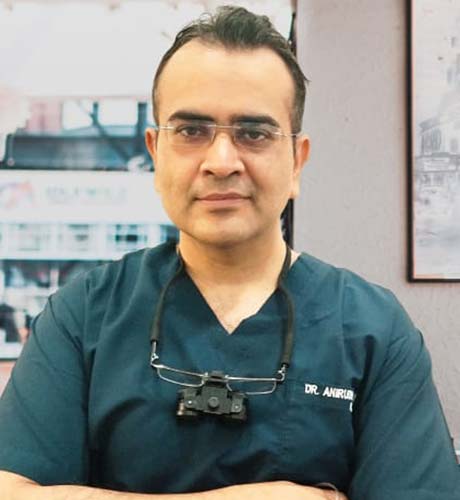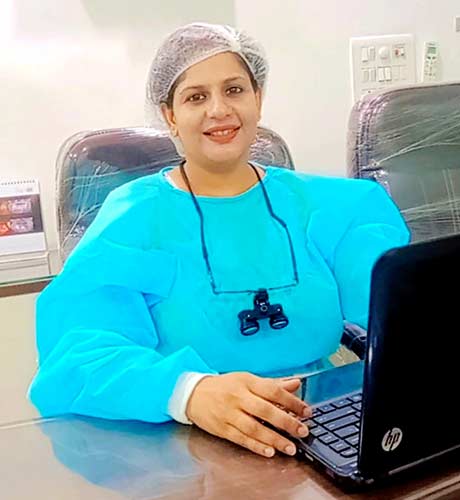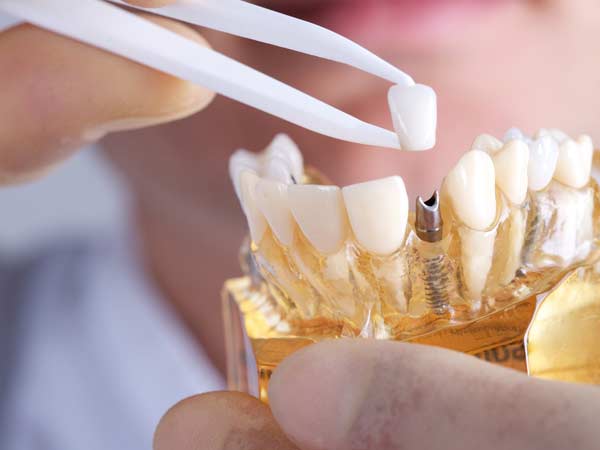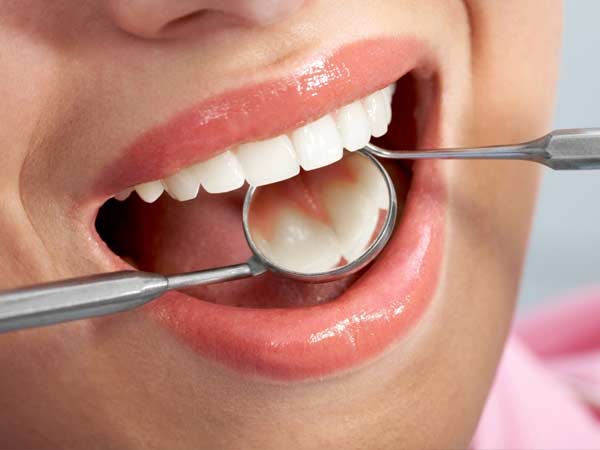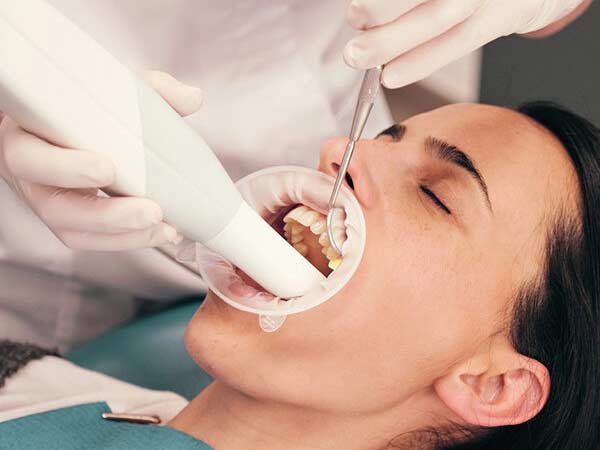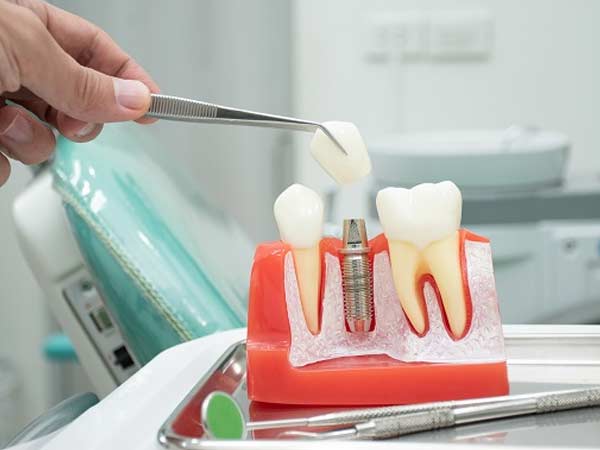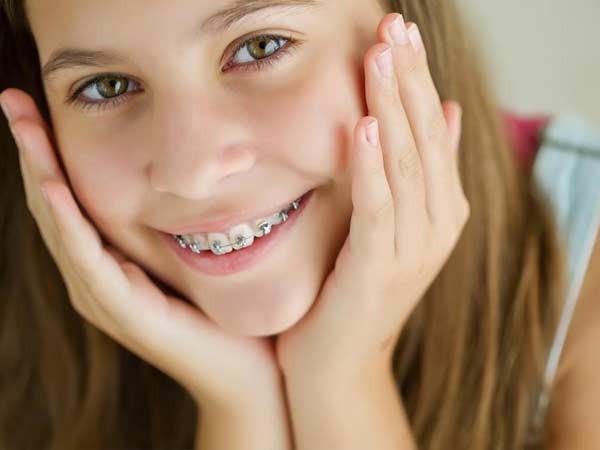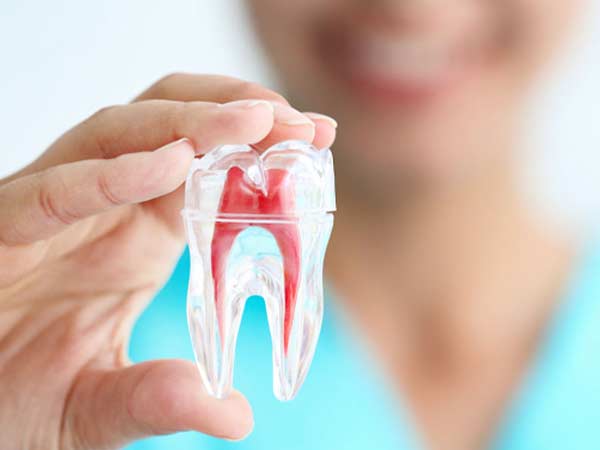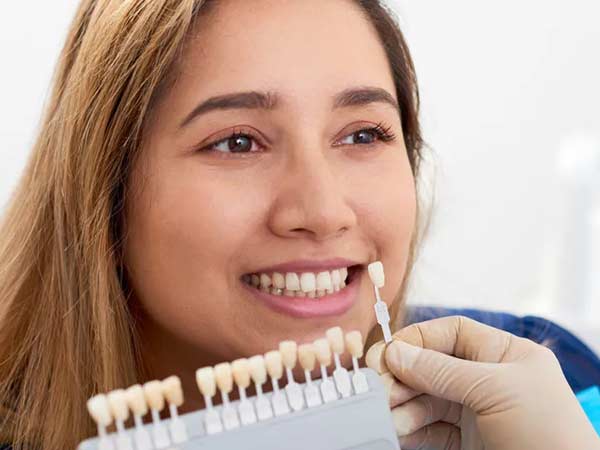Correct the position of the teeth to have a beautiful smile and improve the way you chew.
THIS TREATMENT IS FOR YOU IF…
You want to align your teeth or improve your bite, whether you are a child or an adult.

What is orthodontics?
Orthodontics is a branch of dentistry that studies, prevents and corrects dental problems such as deviation in the position of the teeth, crowding or diastemas (spaces between the teeth), the shape of dental arches or bite problems, to restore balance between the form and function of the mouth, also improving facial aesthetics.
In addition, orthodontics faces major problems such as the correction of alterations in the mandible, the upper jaw or even the face, and especially functional chewing disorders.
Types of orthodontics
There are different types of orthodontics depending on the technique and material used. The choice is usually motivated by aesthetics and price, but it also depends on the needs of each patient.
There are three main types of orthodontic treatment: invisible orthodontics, lingual orthodontics, and braces. The latter, in turn, are distinguished between different types depending on the material used.
Invisible braces
It is a set of transparent splints that are individually adjusted to each of the teeth. They are invisible to the naked eye and more comfortable, since the movement on the teeth is smoother. They can be removed for brushing teeth, making it easier to maintain good hygiene.
Lingual orthodontics
In this treatment the brackets are placed behind the teeth, so they are invisible from the outside. They are custom made for each patient. Although they are placed behind the teeth, they do not hinder speech or chewing. It is the most aesthetic solution among orthodontics.
Brackets
They are a set of pieces joined by an arch that adhere to the front of the teeth. There are different types of brackets depending on the materials used:
Metal braces
Made of steel, they are strong and resist rust and moisture very well. They are the classic and most common among children and adolescents. They are the cheapest and achieve excellent results, although they are the least aesthetic. The rest of the brackets are considered aesthetic.
Ceramic braces
They are opaque white, much more aesthetic than the metallic ones, and with the same functionality. They do not stain over time, which is an advantage over resin ones.
Sapphire brackets
Also transparent, which makes them practically invisible and very discreet. Due to their structure, they make the colour of the tooth transparent and do not stain or change colour. The placement of the teeth is as efficient as in the rest of the brackets.
Metal self-ligating brackets
Unlike conventional brackets, self-ligating brackets avoid the use of elastic bands to attach them to the archwire. Instead, self-ligators use a clip mechanism that creates less friction.
Aesthetic self-ligating brackets
For a better appearance, self-ligating brackets can also be ceramic. Ceramics are more discreet and allow the colour of the teeth to show through, which makes them offer a better aesthetic appearance.
Advantages of orthodontics
In addition to the known aesthetic advantages that motivate orthodontic treatment, there are other very important advantages related to the functionality of the mouth and the health of the patient.
- Improves digestion, as a result of improving the bite when chewing.
- Avoid headaches and earaches, often related to the position of our mouth and the temporomandibular joint.
- Avoid contractures in the neck and back when fitting the teeth.
- Prevents tooth wear thanks to the best fit.
- Prevents oral problems such as periodontitis.
- Improves oral hygiene, by correcting gaps or crowding of teeth, brushing can be more efficient and prevent problems such as cavities or infections.
- It improves the development of the mouth when orthodontics is performed on children, which prevents harmful habits that can deform the position of the teeth.
- It improves the smile aesthetically, which will help to have a better self-esteem and gain security in social relationships.
Phases of orthodontic treatment
Orthodontic treatment consists of 5 phases that begins with the study of the patient’s situation and ends with the placement of retainers once the orthodontics has been removed. The five stages are as follows:
- Orthodontic study. Through X-rays, photographs and cephalometrics, a totally personalized treatment is planned, recommending the orthodontics that best suits the patient.
- Orthodontic placement. Once planned, orthodontics is placed, and daily habits and practices are recommended for its correct maintenance.
- Periodic reviews. They will serve to assess the progress of orthodontics and to adjust the elements for greater efficiency. The periodicity will depend on the treatment, which can last between 6 months and 3 years.
- Orthodontic removal. Once the objectives are achieved, the elements will be removed and a clean-up will be carried out.
- Placement of retainers. Once the orthodontics is removed, the ligaments of the teeth have to assimilate the change, so retainers are placed continuously for the first 3 months and then partially.
Some patients also choose to have teeth whitening after the treatment is finished.

